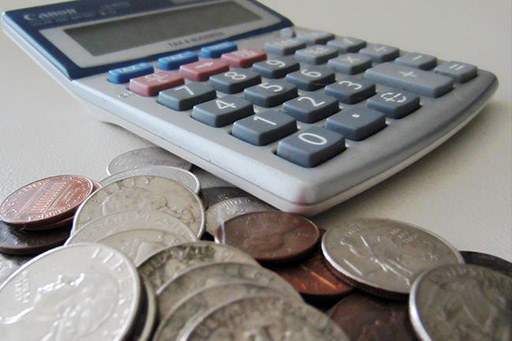2.4 The final budget
You've heard about how the final schedule for the film is determined. This has direct budget implications because it indicates for how long actors, crew, locations, special props, studio stages and all other people, places and items will be needed. Most of these will be charged to the production on a per week (or per day) basis.
The schedule enables the line producer to prepare a budget for the film based on the cost. Nicky was just talking about the costs that result from the schedule and the line producer’s own understanding of cost items. Costs are often broken down into these two general terms:
- above the line costs – key actors, producers, director, writers, historic development costs, etc.
- below the line costs – all the remaining costs of the shoot and post-production.
A film production is organised in departments. There is the camera department, the electric department (for lights), the grip department (for stands and tracks), the art department (for overall production design), the wardrobe department, the make-up department, the production department (containing line producer, production accountant and other individuals helping organise the shoot).
Each of these departments (other than production) will negotiate with the line producer about the budget for their department, which covers the people they need to hire and the items they need to purchase or rent. This is a key process of refining the budget that needs to result in the same overall number that the financiers have agreed to.
The budget will also include a contingency (generally 10%) to cover unexpected items. Once the budget is locked, the production accountant is responsible for producing cost reports which indicate what items and departments are above or below budget and by how much. This indicates whether actual incurred costs are in line with expected costs and whether there is a cost problem. But the budget itself does not change.

